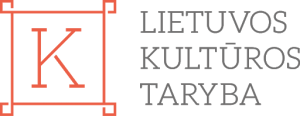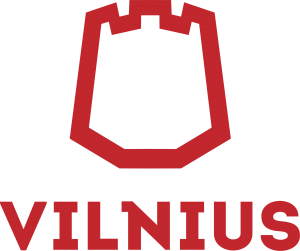#30 Virtual space
Artificial intelligence - the architect's assistant or the new creator?
Why the talk is inspiring?
Concepts, building plans, visualisations and even works of art can now be easily generated by anyone with access to a computer. But where does this leave the creator, and how does this change the architectural profession? Justinas Dūdėnas, the curator of the ‘Virtual Space’ A_Pokalbiai series, will interview art historian Skaidra Trilupaitytė and artificial intelligence (AI) developer Jonas Kubilius on these and many other questions posed by the AI technology, bringing the AI robot Chat GPT into the conversation.
The talk is moderated by the curator of the cycle Justinas Dūdėnas.
2023
Speaker
Jonas Kubilius, Skaidra Trilupaitytė
How the speaker is exceptional?
Jonas Kubilius is an artificial intelligence researcher and engineer. Jonas graduated with a BSc in Mathematics and Physics from the Massachusetts Institute of Technology (USA). He completed his MSc and PhD in Artificial intelligence and Psychology at the Katholieke Universiteit Leuven (Belgium). His research has been published in prestigious neuroscience and machine learning journals and conferences. Jonas is the founder and head of the artificial intelligence solutions company “Three Thirds”. Together with Nomeda and Gediminas Urbonas, he developed a series of installations called “Swamp Intelligence” (2017-2022).
Dr Skaidra Trilupaitytė is an art historian, cultural policy researcher, and Senior Researcher at the Lithuanian Culture Research Institute. Latest research interests include a critique of neoliberal cultural policy, discourses on (digital) creativity, visuality and control, and the politics of artificial intelligence.
RECOMMENDS TO READ
Art Since 1900: Modernism, Antimodernism, Postmodernism
Hal Foster, Rosalind Krauss, Yve-Alain Bois, Benjamin H. D. Buchloh
Why the book is worth reading?
(Book recommended by Jonas Kubilius.)
A book I keep returning to for visual inspiration and a deeper understanding of the context in which those ideas were born. In particular, I find it interesting to draw parallels between 20th-century attempts to explore what art is, its genesis, and the current re-emergence of the same questions in the context of artificial intelligence.
RECOMMENDS TO READ
The Day the Universe Changed
James Burke
Why the book is worth reading?
(Book recommended by Skaidra Trilupaitytė.)
Science historian, writer, and well-known TV presenter and producer James Burke, whose philosophical TV series (and a book under the same title) The Day the Universe Changed (1985) gave a rather interesting account on how we see the world. Through an analysis of the history of technology, he showed that every society perceives the world in the right way, yet their view is limited by the discoveries of that era. Inevitably, paradigm shifts in knowledge offer a different picture of the whole universe, both in people’s ability to see their environment and in their everyday understanding.
The insights offered by Burke on how we see the world are revisited even today, when our knowledge seems to be continuously altered by the developments of recent years, even months. Within a very short period, space-borne viewing devices have enabled humans to see (and learn about) things previously unseen.
As I am typing these words, the article in Nature magazine opened on the next page has announced that the James Webb Telescope appears to have revised our current knowledge of distant points in the Universe. Recently, we heard about a revolution in nuclear energy – with nuclear fusion technology proving itself. And given that the upcoming A_Pokalbiai discussion theme is linked to the hopes and promises of artificial intelligence, it is interesting to speculate on whether, for example, the unmanned human cars that were widely promoted a few years ago, the image generators that were launched in the summer of 2022, or the Chat GPT text multiplier that became available in November 2022, will really change the way we see and interact with our environment. Put another way, it is interesting to read Burke’s book, which was published in 1985 alongside a BBC television series, from the perspective of the present day.



